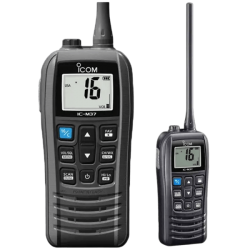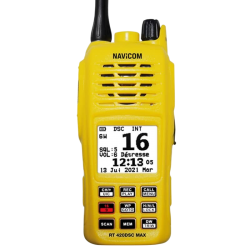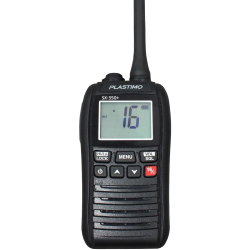Portable VHF
The portable VHF is an indispensable safety tool at sea. It enables you to keep in touch with other boats, rescue organizations and harbor services. With a power rating of 5 or 6W depending on the model, the portable VHF offers a range limited to +/-5 miles, with an autonomy of 5 to 8 hours. A distinction is made between portable VHFs without GPS and those with GPS, which benefit from DSC for rapid positioning in the event of distress.
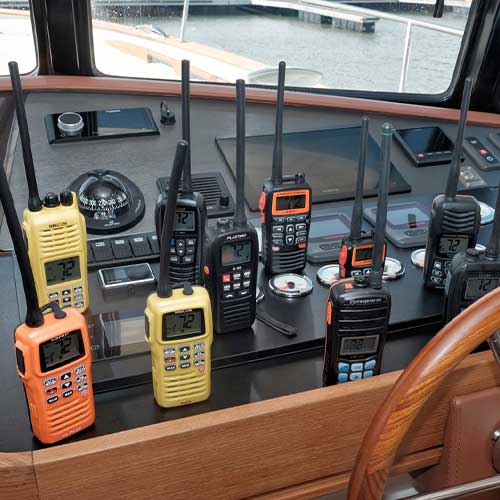 |
HOW TO CHOOSE A PORTABLE VHF?To choose a portable VHF for your boat, there are 5 criteria to consider:
The pickiest among you will also be looking at buoyancy, weight and accessories. But first, what's a portable VHF? Just like a fixed VHF, its primary purpose is to communicate with the outside world, with nearby boats, inside the boat (to pass messages to crew members) and to receive messages. But the VHF is especially useful in the event of danger. It can be used to alert emergency services in the most extreme cases, to receive calls from other boats in danger, and to rescue them. The VHF can also receive weather information. |
DSC for portable VHFsOne of the most important criteria to take into account when purchasing a VHF is the DSC option. DSC (Digital Selective Calling) is a technology that generally goes hand in hand with the GPS function, enabling a distress message to be sent on channel 70 dedicated to rescue services, at the touch of a button. Portable VHFs equipped with DSC feature a "DISTRESS" button which, when pressed for 5sec, will automatically send a message to the authorities and nearby vessels. If you have a portable DSC VHF like Navicom RT 420 DSC MAX, you'll need to program your MMSI (vessel identification) number. It's this number that will enable the emergency services to recognize you. Other portable VHFs without DSC do not require an MMSI number. N.B. French fixed VHFs must be DSC-equipped, so if you already have a fixed VHF on board, you won't necessarily need a DSC portable VHF. |
 |
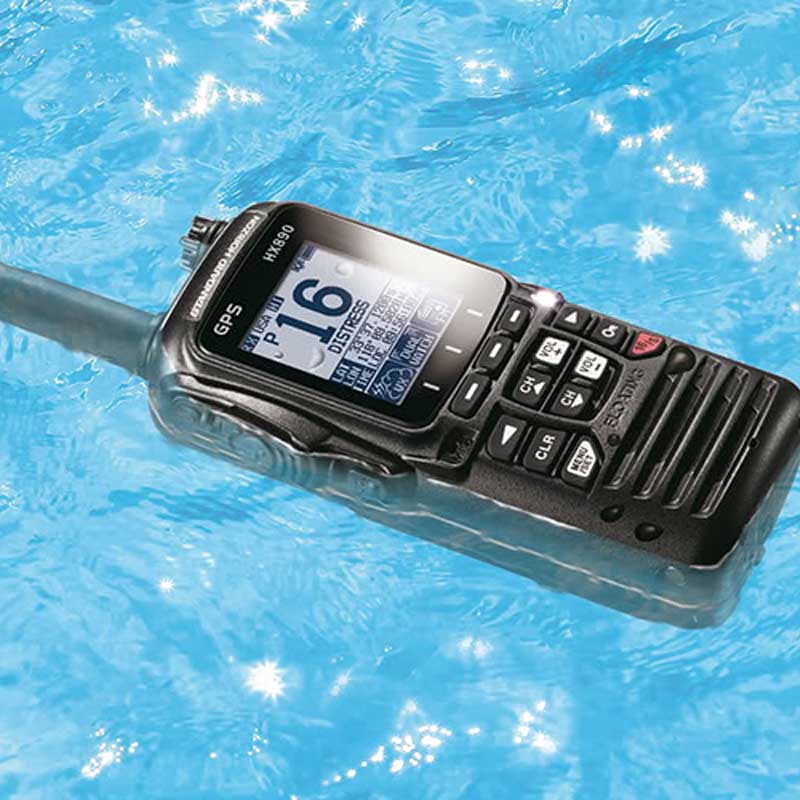 |
Portable VHF selection criteria
Autonomy is a factor to consider when buying your portable VHF. How often will you be using it? Will you often be away from the recharging base? Do you need long battery life? Autonomy can vary from 5h to 12h depending on the VHF and battery type (Li-ion, Li-Polymere)
Almost all VHFs are waterproof to between IPX6 and IPX8. Will you be using the VHF in hazardous or difficult conditions? In conditions where the possibility of falling overboard is increased? Or sailing in storms, heavy swells... An IPX6 portable VHF will easily withstand weather conditions: splashes, rain... but cannot be submerged and will be damaged if dropped in water. IPX8 will withstand immersion to a depth of over 2m, making it useful for conditions where there is a high risk of falling into the water. Finally, some VHFs are buoyant, while others will require a pouch to float. In addition, a few other features can be appreciated: flashing light in the event of a fall into the water, vibration to evacuate water from the loudspeakers, etc
Transmitting power varies from 1w to 6w, depending on the model, which limits the range to between 2 and 8 nautical miles (compared with 15 to 25 nautical miles for a 25w fixed VHF) The choice will also depend on your type of navigation and use: coastal or deep-sea navigation, use of the VHF for communication in case of distress or between several boats in close proximity .... |


